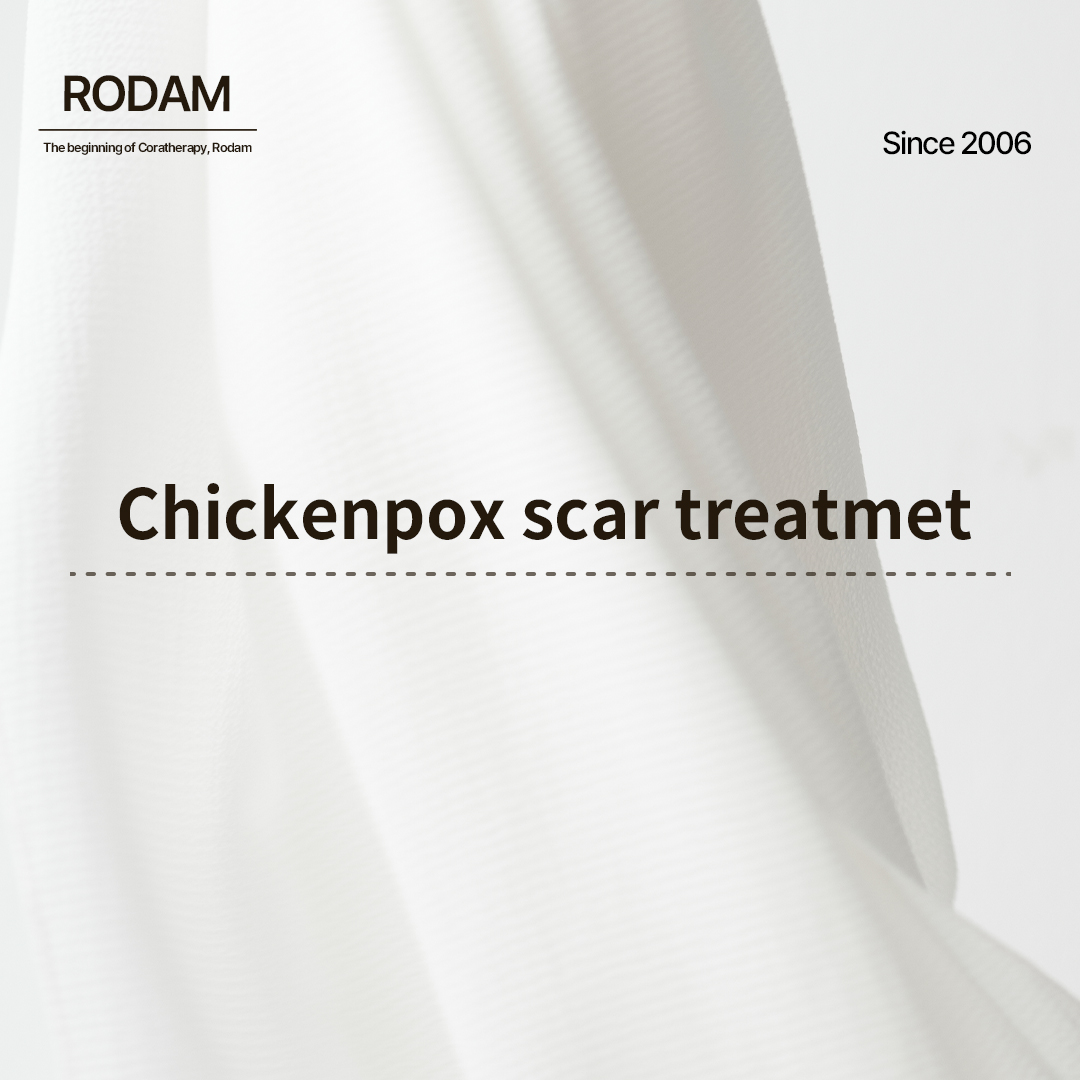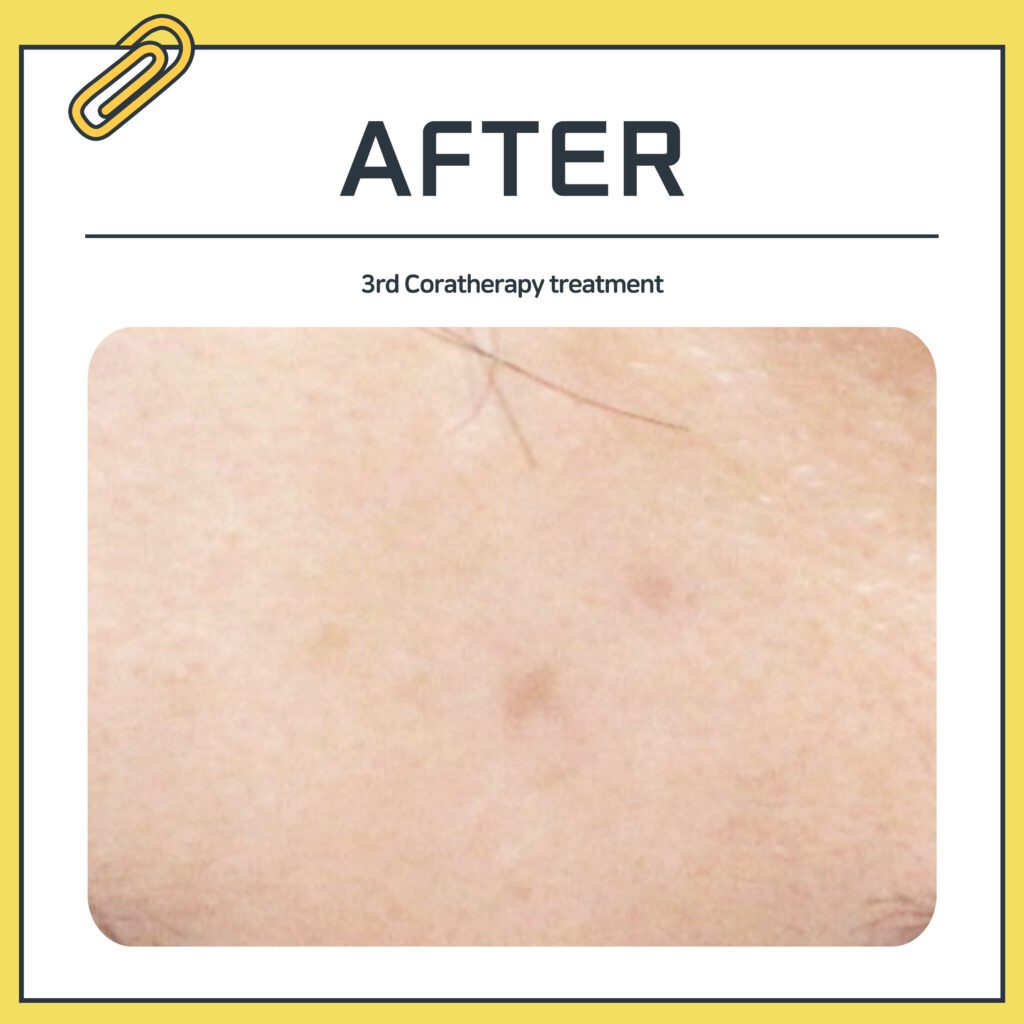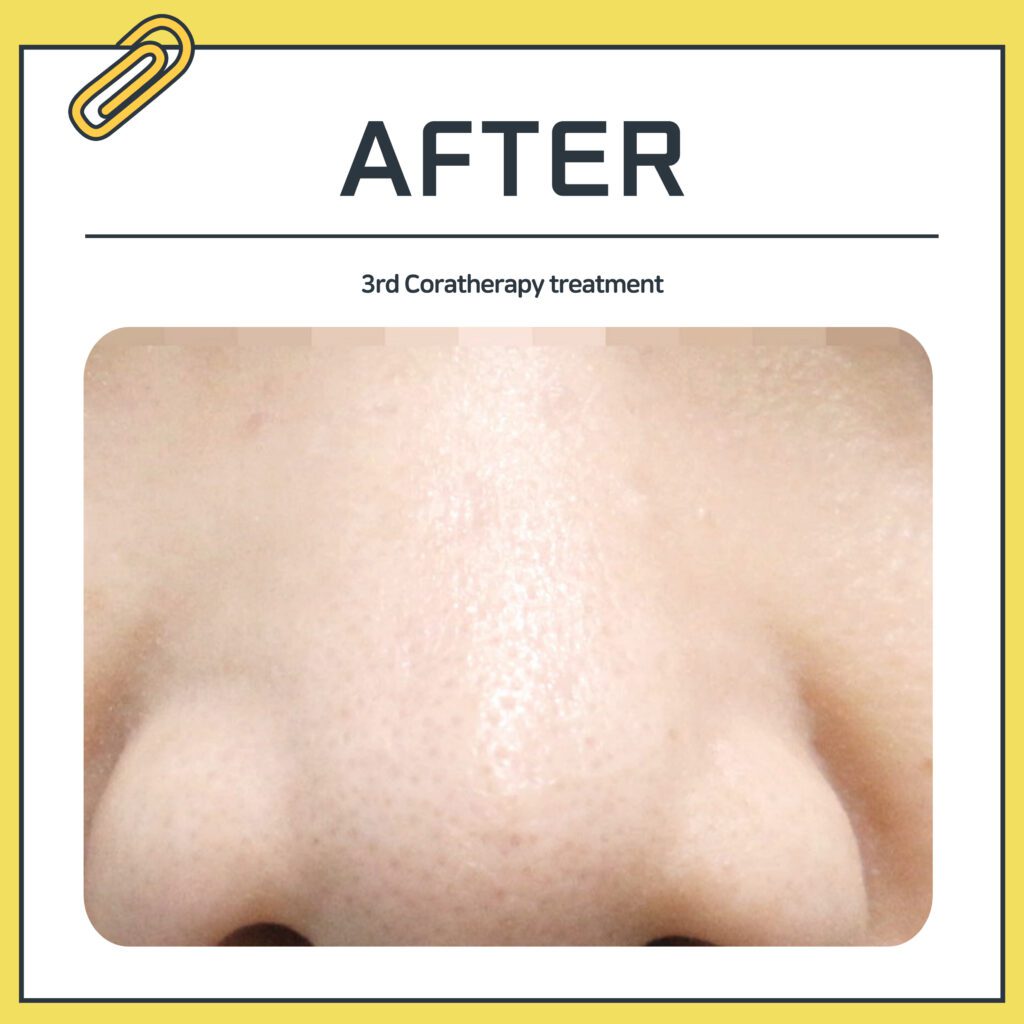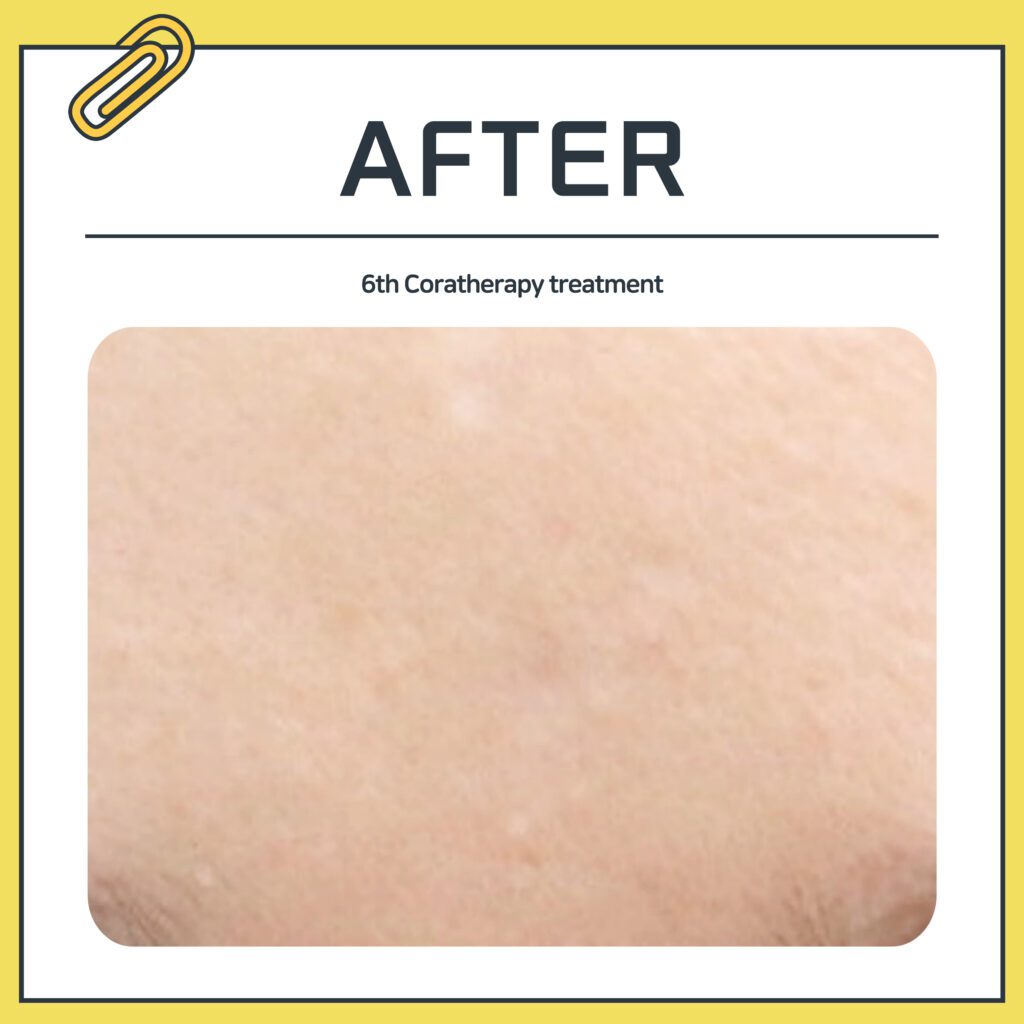
Review of Coratherapy Treatment for Chickenpox Scars at Rodam Korean Medicine Clinic
Hello, this is Rodam Korean Medicine Clinic, the beginning of Coratherapy for scar removal.
These days, the incidence of chickenpox has decreased due to vaccinations,
but it is still a common disease experienced by many.
Especially since chickenpox often occurs during childhood, it is difficult to resist the itchiness and scratching,
which can result in large and deep scars.
Chickenpox scars on the face vary in size and shape,
and if they are located in noticeable areas, they can be a source of stress.
Even with makeup, scars can become more pronounced as makeup gets trapped in them,
leading many people to consider scar treatment to improve their appearance.
Among various treatments, Coratherapy, a traditional Korean medicine treatment, is effective for treating depressed scars.
Today, we will introduce a case of treating old chickenpox scars through Coratherapy
and explain what Coratherapy is.



Case :: Scars from childhood chickenpox
History :: No prior treatment experience
Report :: 6 sessions of Coratherapy
The person introduced in today’s case suffered from scars on the forehead and nose
after having chickenpox during childhood, which caused significant stress.
The scars were prominent and deep, so there was concern about whether they could be treated,
but we assured them that there was no need to worry.
Depressed scars like chickenpox scars, with clearly defined scar walls, respond
very well to Coratherapy treatment.
Therefore, we planned a short treatment schedule with only 6 sessions and began the treatment.
As mentioned above, chickenpox scars are one of the types of scars that show significant improvement
with Coratherapy, as can be seen from the photos taken after just 3 sessions.
It’s almost unbelievable that only 3 sessions were performed, given the visible recovery of the scars.
In particular, the scar walls have disappeared, significantly reducing the boundary
between the depressed scar area and the normal skin.
Not only have the scars filled in, but the skin texture has also become smoother than before.
This improvement becomes even more evident when looking at the photos taken after the 6th session.


These are the photos taken after the 6th session.
The scar areas have recovered so well that it is difficult to identify where the scars were.
The key to this case was maximizing the patient’s skin regeneration ability
to allow new tissue to fill in the scar areas.
To achieve this, Coratherapy was chosen, and its effectiveness was evident.
So, what exactly is Coratherapy, and why is it effective for treating depressed chickenpox scars?
Rodam Korean Medicine Clinic’s Coratherapy is a traditional Korean scar treatment method that uses needles to break adhesions
and encourages the space created to be filled with regenerative substances.
The regenerative substances that fill the space help restore the skin from the dermis layer.
Rodam Korean Medicine Clinic’s Coratherapy uses specially designed incision needles to stimulate the scars.
These needles are not simple straight needles but are ‘L’-shaped,
allowing for not just cutting the adhered tissue but sculpting it with precision for customized treatment.
This is why even old scars like the chickenpox scars mentioned today can be treated effectively.
Since 2006, Rodam Korean Medicine Clinic has been performing Coratherapy treatments
and has treated over 80,000 scars with a patient satisfaction rate of over 95%.
Rodam Korean Medicine Clinic will continue to work tirelessly until everyone’s scar concerns are resolved.
We hope today’s post has helped alleviate some of your concerns about scars.
If you have any further questions or need more information, please feel free to contact us.
Rodam Korean Medicine Clinic is always here for you.

